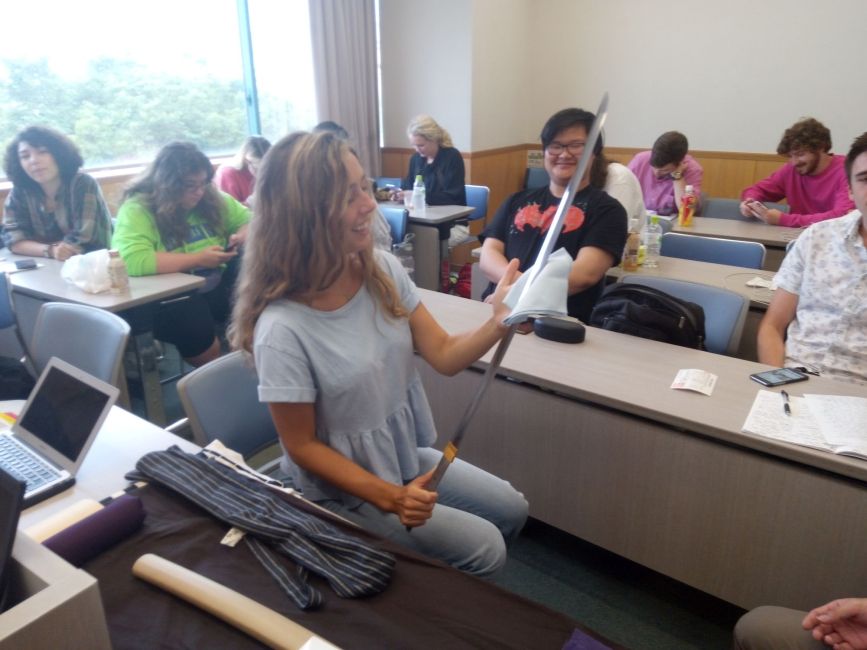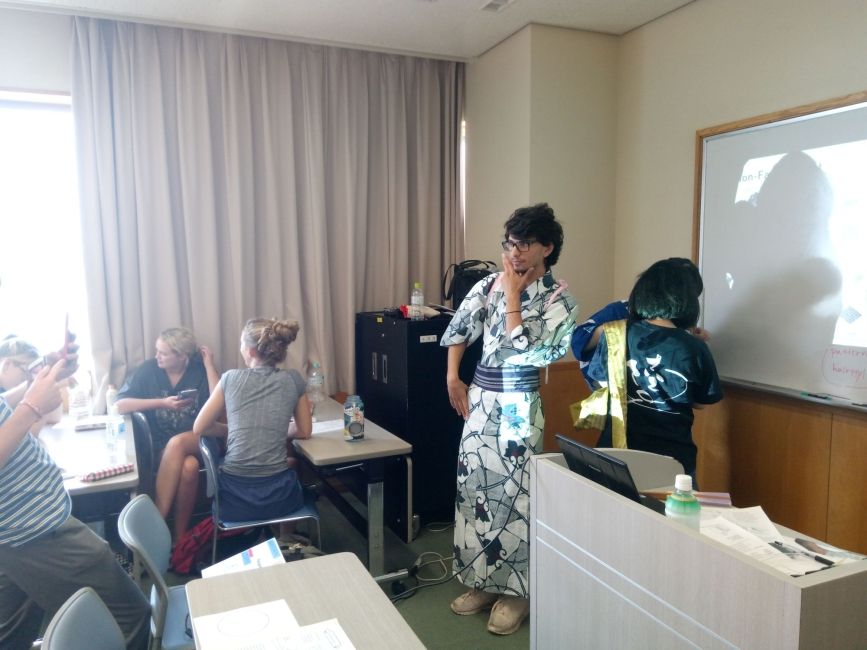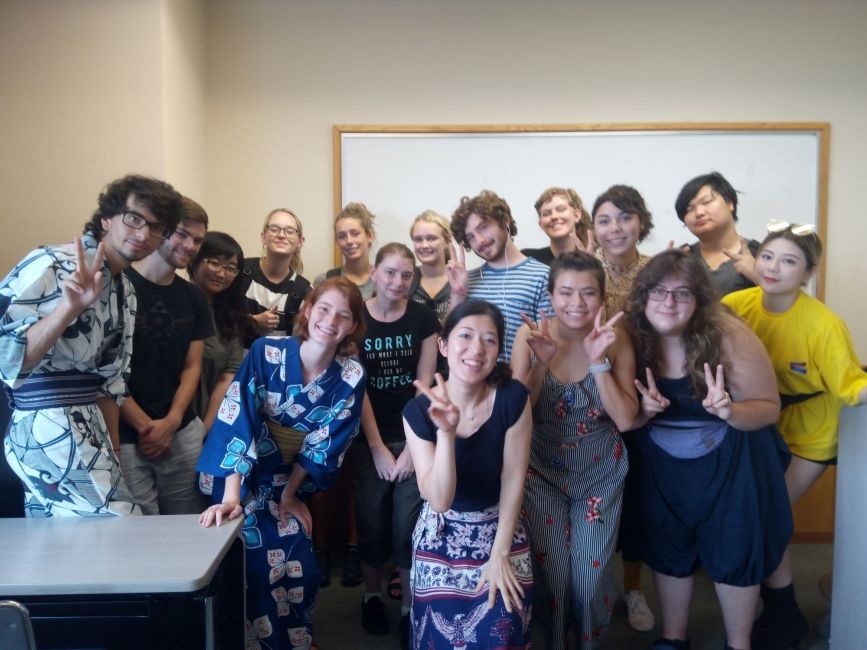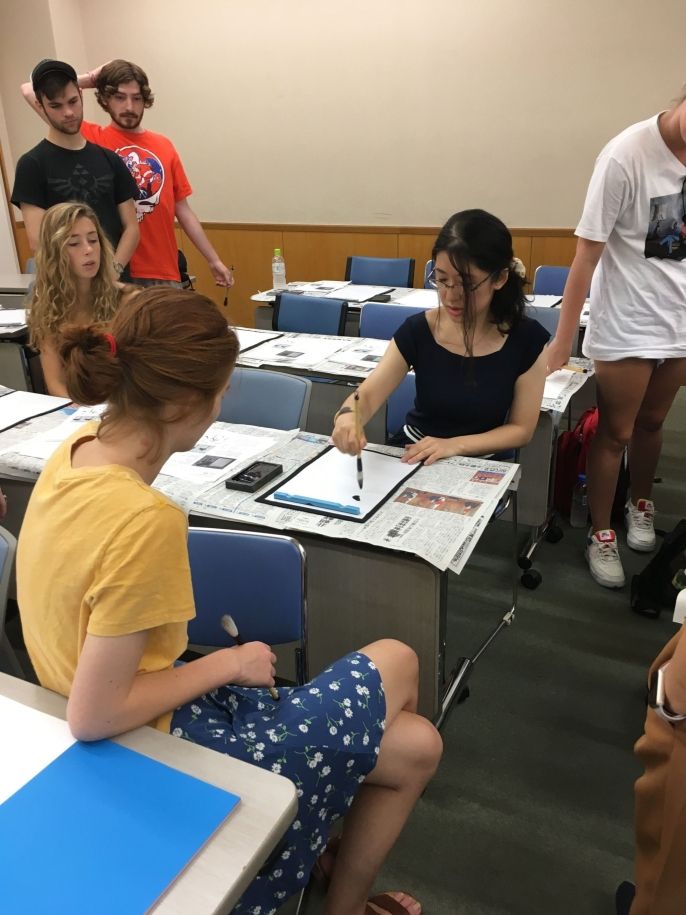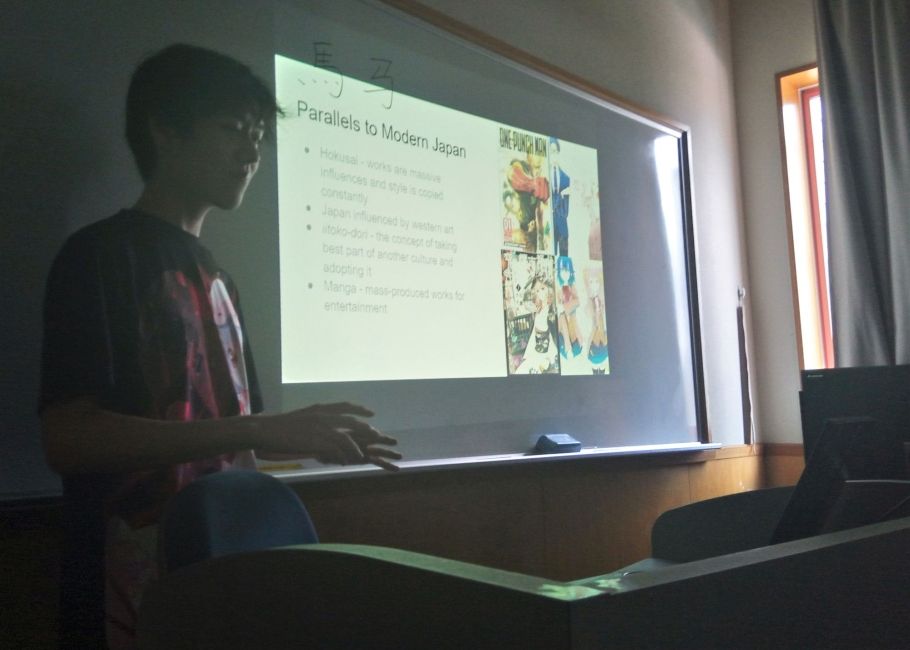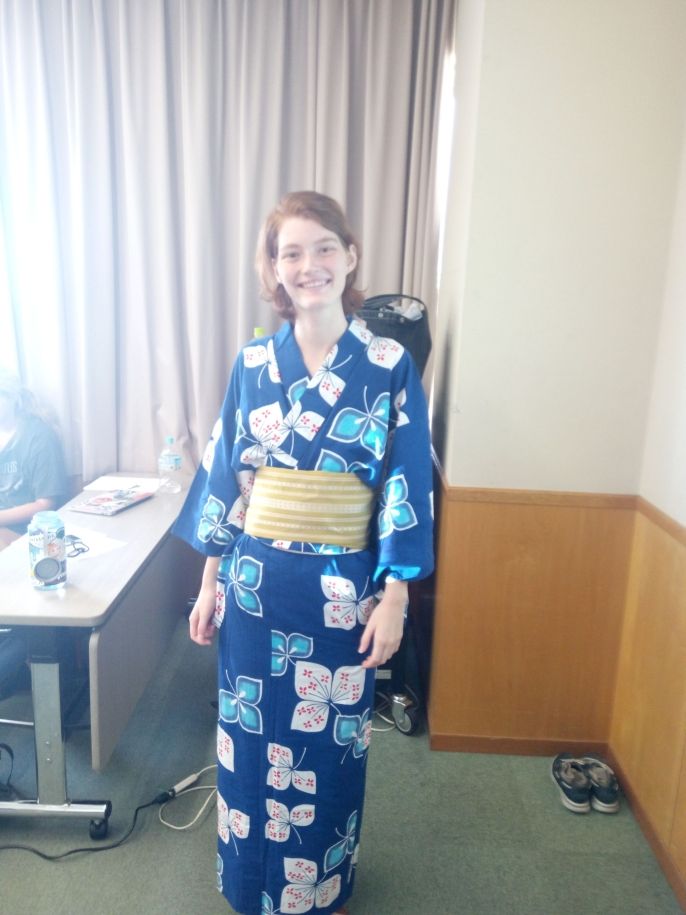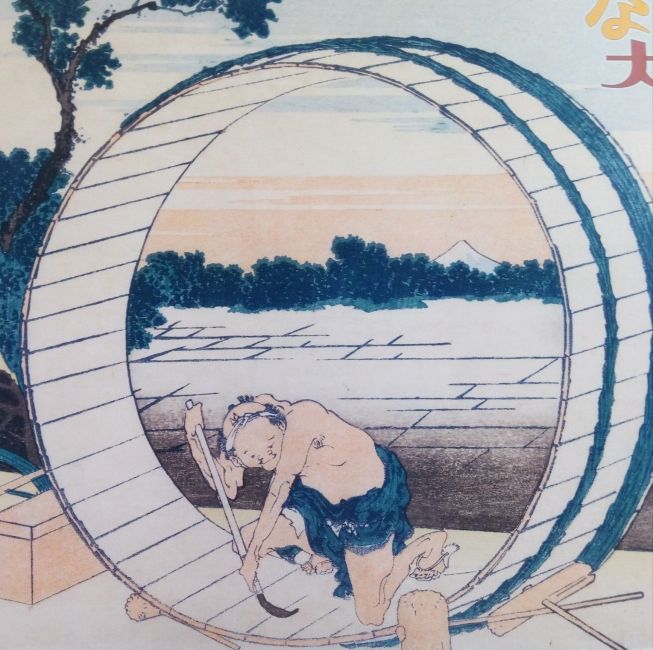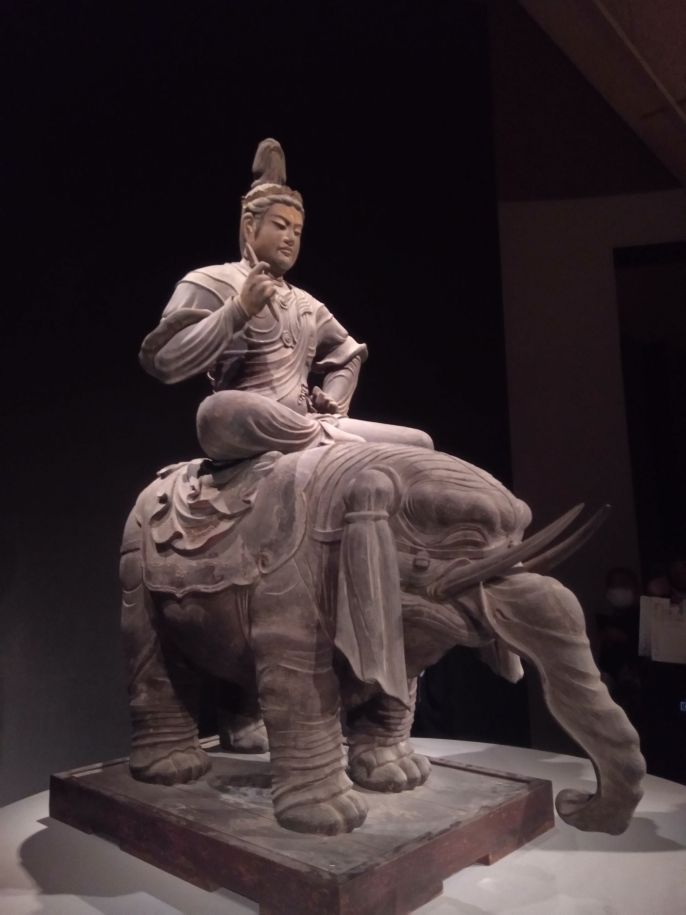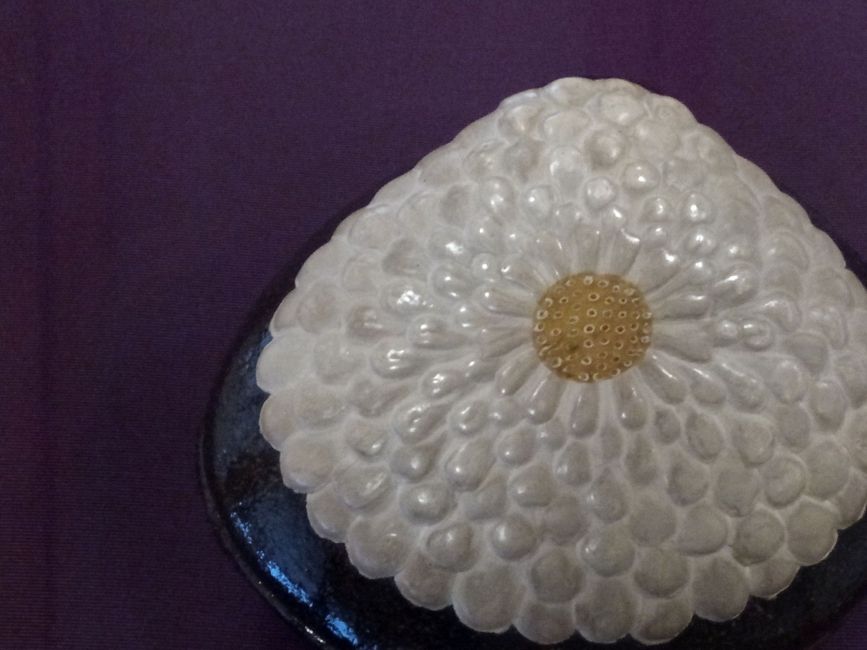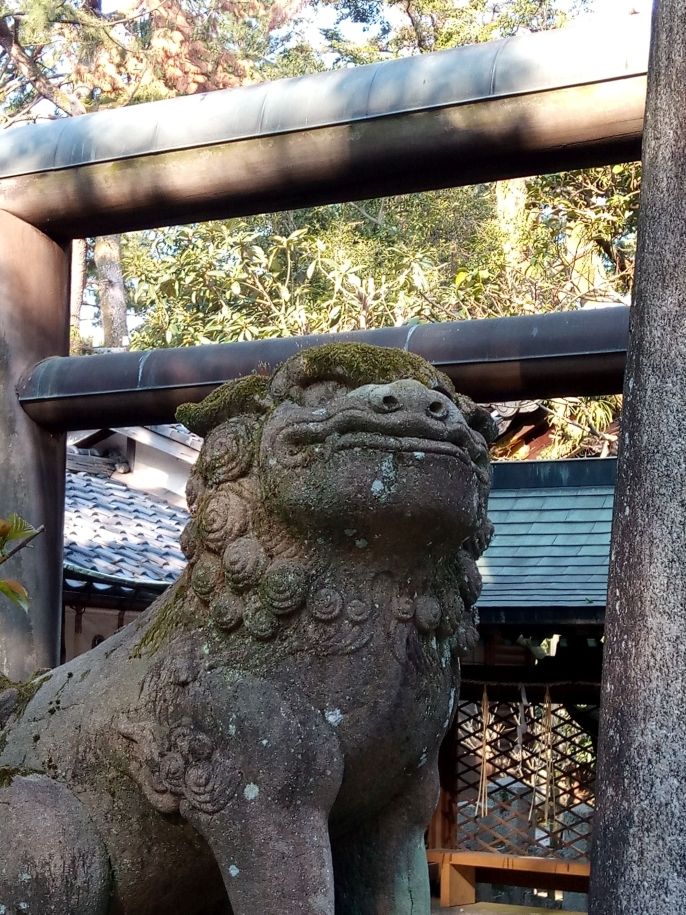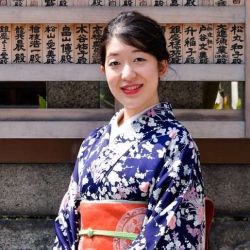Summer in Japan: Introduction to Japanese Art 2018
Hi everyone!
My name is Kumiko Kato.
I was given the opportunity to teach a class called “Introduction to Japanese Art” in 2018, as part of the CIEE College Study Abroad Tokyo program.
I myself graduated from an art school where I studied contemporary art, and continue to make work as an artist. But currently my focus is in the art translation work that I do.
What we learned
Nineteen students from various American universities gathered for this class, which was held over 18 sessions and covered Japanese art and culture chronologically from the prehistoric age to the Edo period. We covered the topics from several angles, considering the sociopolitical context of each era, and related it to contemporary Japanese aesthetics and traditions through various discussions.
Of the nineteen participants, most were visiting Japan for the first time. I asked them why they chose this class of Japanese Art History and was impressed by their interests in very specific aspects of the history, cultural rituals, ideas, customs, religious views, views on nature, that shape the root of Japanese culture.
Their enthusiasm encouraged me to bring my A-game as well (haha).
Various forms of Japanese arts
In Japan, many historic artifacts and culture remain, from sculptures, architecture, ceramics, nihon-ga (Japanese painting), to theater. These come in both tangible and intangible formats.
For example, traditional crafts such as the Japanese sword, ukiyo-e, tea pots and utensils, and lacquer, are well known overseas as well.
These things have been continuously passed down from generation to generation as treasured cultural heritages, but how did they come to be in the first place?
Why have they remained intact until this day?
What lies at the root of Japan’s culture and traditions?
With these questions in mind, classes took place in a variety of forms.
Experiences
We traced the changes of Japanese art on a timeline, through in-class sessions that examined the relationships between the history, social features, culture, political and economic factors through multiple perspectives.
Additionally, we had student discussions on specific topics, demonstrations by guest lecturers who were experts in a certain field (kimono, sword), calligraphy workshops, and field trips to tea ceremonies and kabuki performances (unfortunately, the most important museum visit was canceled due to a hurricane).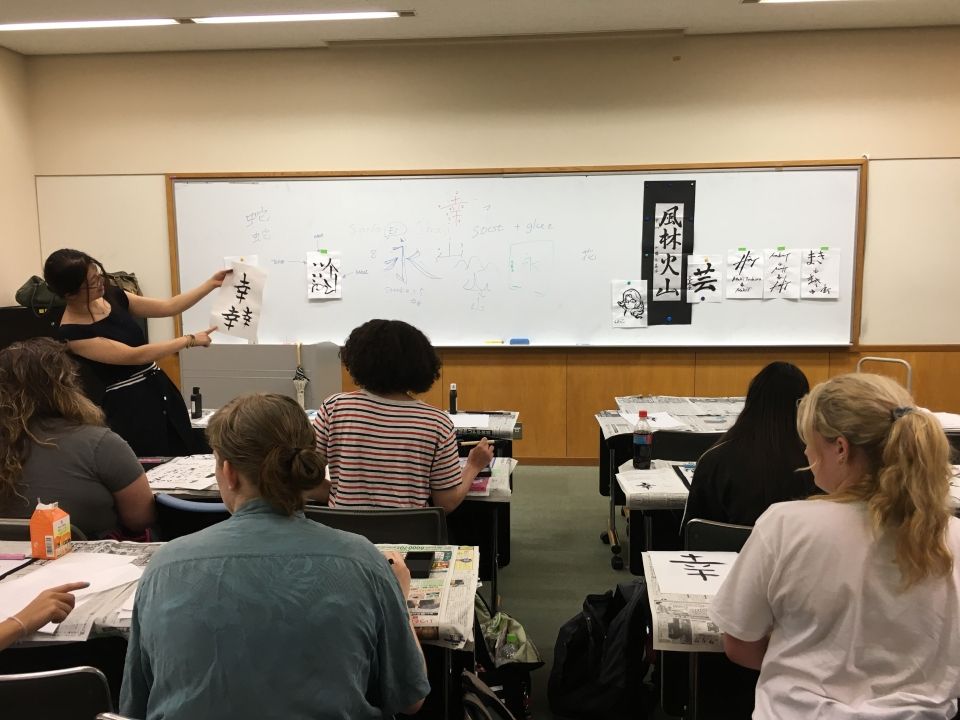
【Photo】A calligraphy workshop. Calligraphy is normally incorporated in the Japanese school curriculum beginning in elementary school, but why is that? The lecture started from that vital question, and went on to teach the “knowledge and awareness” required in order to partake in the art.
Through experiencing these things directly, I believe the students were able to gain a profound understanding of the topics, and find similarities and differences to their own cultures that one could not encounter by just reading books or watching movies.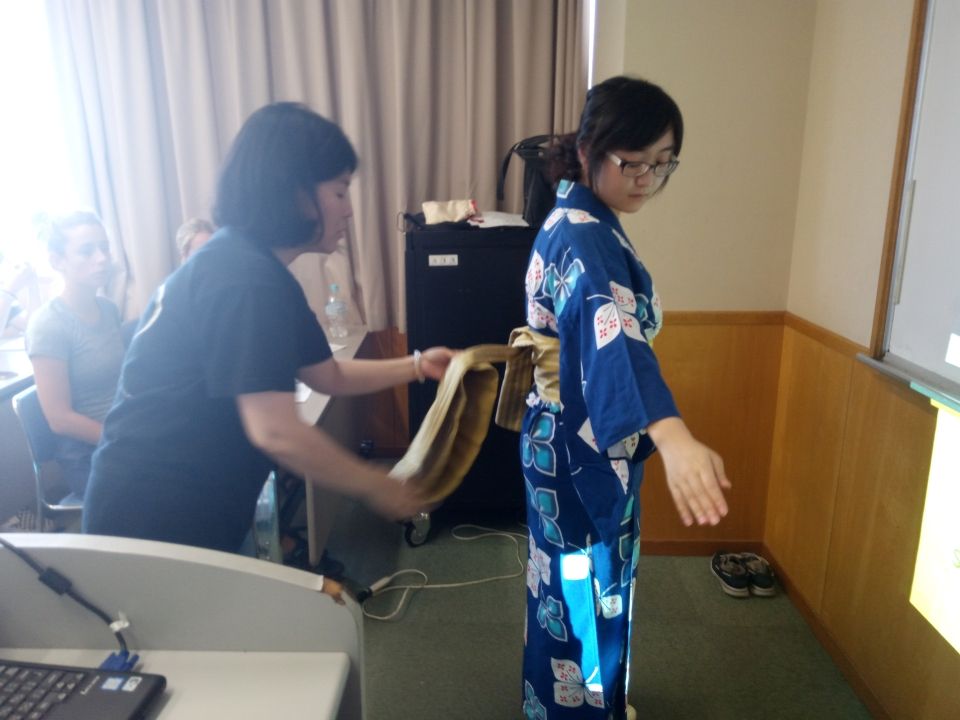
【Photo】Lecture on the history of Japanese clothing. A yukata demonstration by a professional kimono dresser.
This was not just simply a dressing demonstration, but a lesson given through a cultural perspective on the meaning behind the physical movements enabled by the kimono, and how that influenced people and society at large.
This class required a lot of experimenting with new approaches, and I also grew immensely through this experience, thanks to new understandings gained through the inspiring questions and discussions made by the wonderful, enthusiastic cohort of students. I really came to appreciate and understand the great significance of “real-life experiences.” 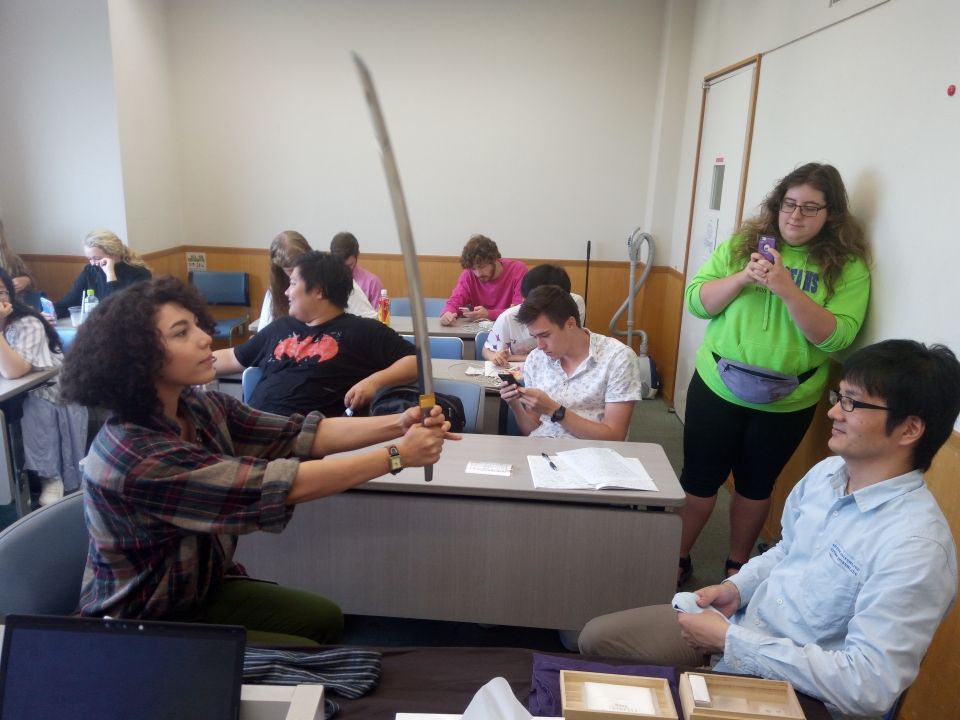
【Photo】Lecture on the Japanese sword. The students learned about how to appreciate and view the swords by holding them in their own hands, which usually is limited to those with a permit. The shape and details of a sword can communicate information about the era it was made, the methods, and the particular craftsmanship of the artisan who made it.
It was a month of intense summer weather, and I would like to express my gratitude and respect towards the students for their dedication throughout the time.
I would be overjoyed if the students continued their pursuit of Japanese culture, gain their own insights, and share them in the future, after returning to their home countries.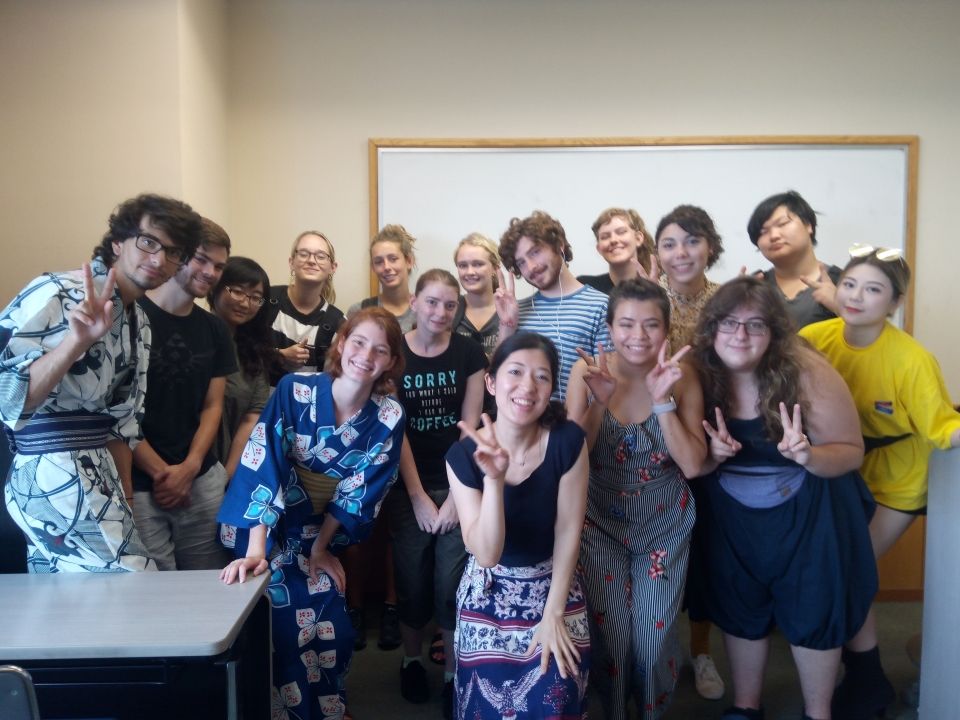
【Photo】Group photo on the last day.
Related Posts
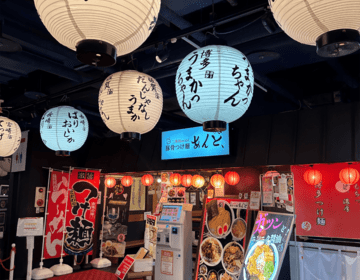
Top 6 Places to Explore While Studying in Japan
By: Helena Shimeles During my experience studying overseas in Tokyo I was exposed to an array of adventures, across Japan. Each destination I explored offered a unique blend of traditions... keep reading
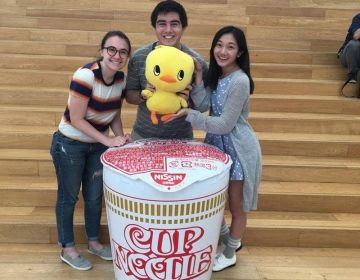
Perfect Times in Tokyo
As we left the dock in Tokyo Bay, embarking on an hour-long cruise around the area, I couldn’t help but smile. This was the perfect way to end a perfect... keep reading
